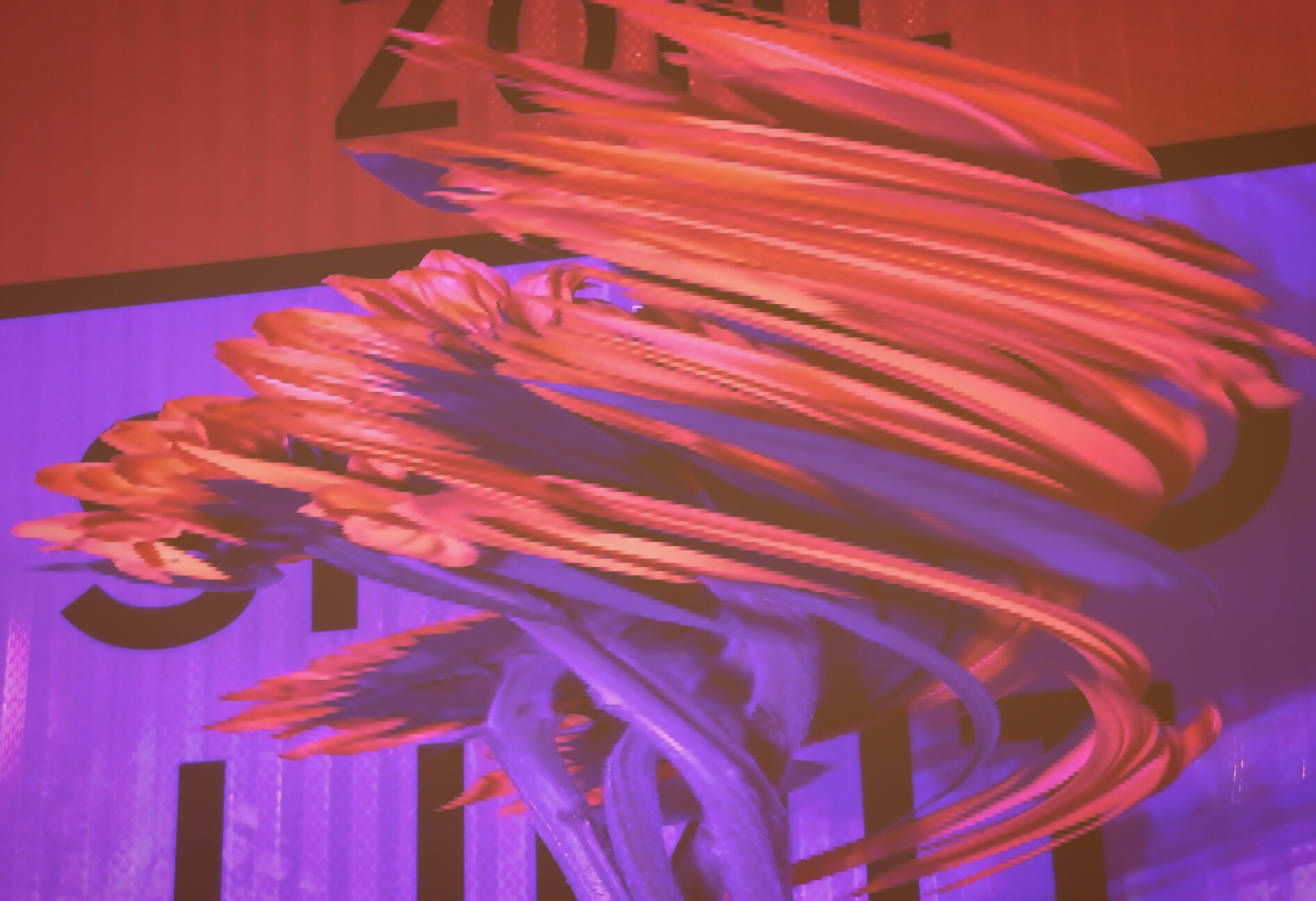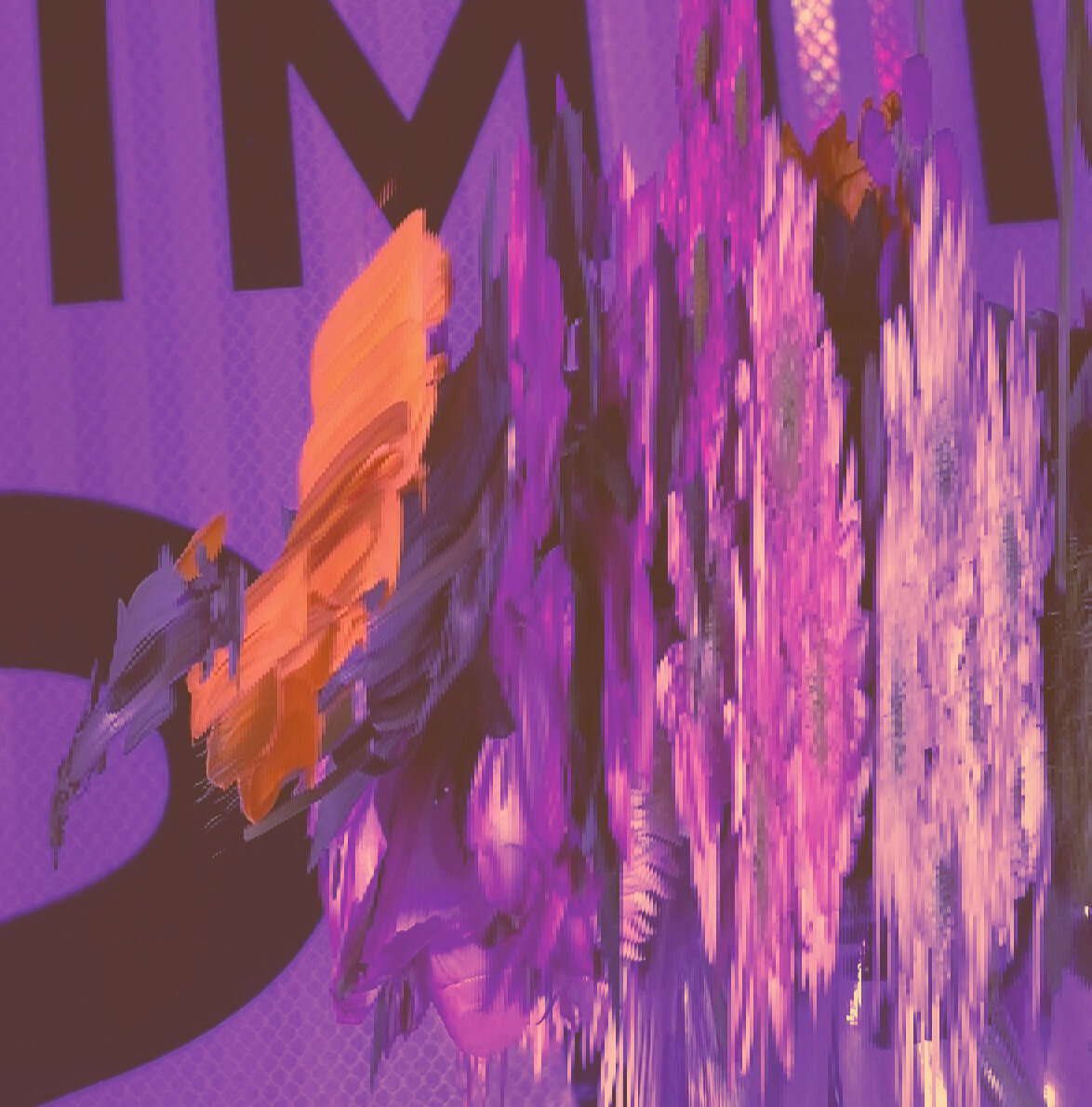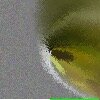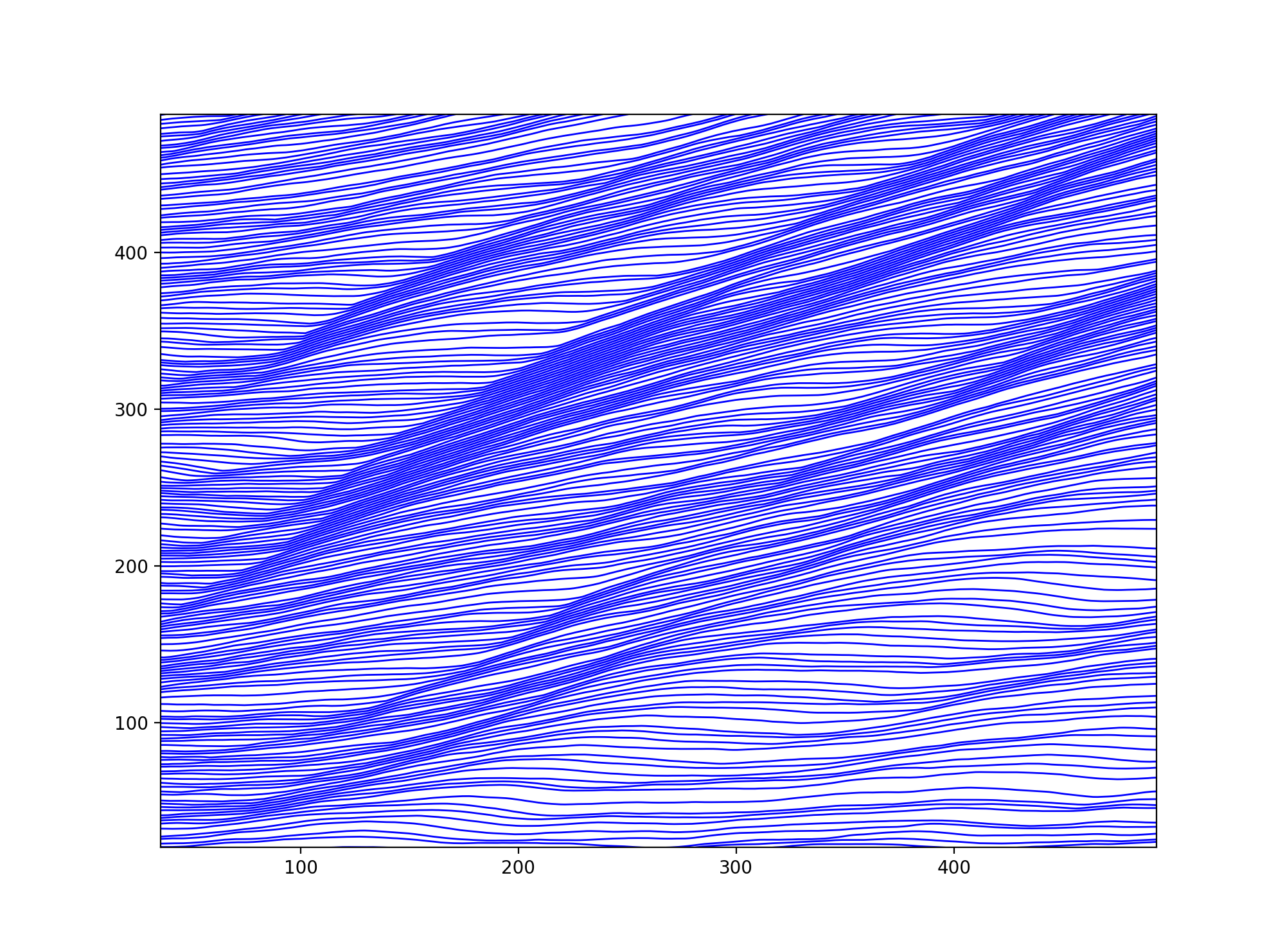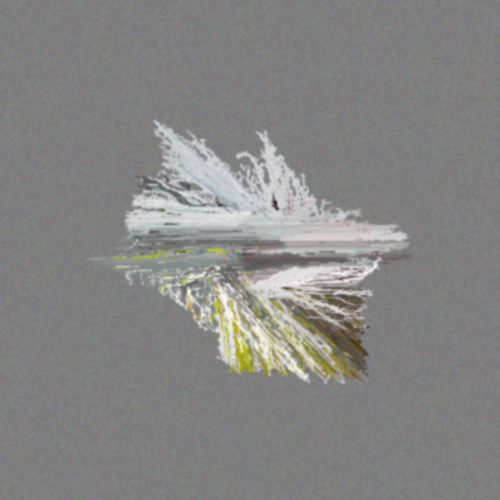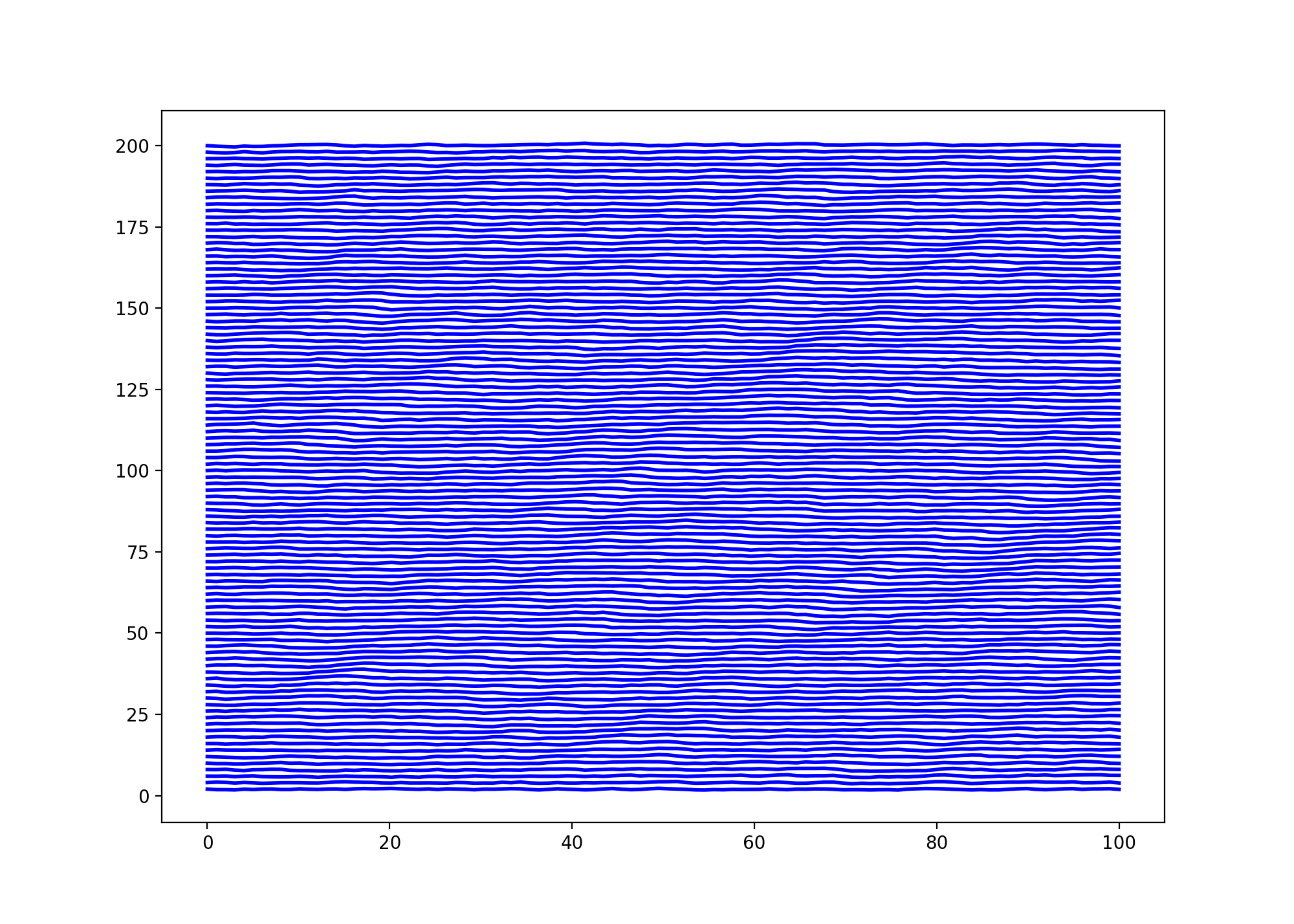So… I’m an engineer now
So… I’m an engineer now? And a materials scientist?
I haven’t written in ages, so here’s my three-espressos-deep stream of consciousness on this roller coaster ride of a year!
I’ve talked previously about my experience interfacing with the worlds of art and engineering, and how my identity widened along with the breadth of my work. But to me, it still wasn’t ~serious~ art or ~serious~ engineering; I was an engineering intern and had finished what, three semesters of undergrad? Of which two were gen eds and only one within the design department?
But then, something clicked. I had all the enthusiasm and creative energy in the world, but it wasn’t until 9 months into my internship at Formlabs that I had proper engineering rigor beat into me. Instead of just going from point A to point B, I was now going from point A0 to point A1, A2, A3,..B, proving and documenting every step along the way. But, I was also a designer (though limited in experience) and discovered very quickly that I could leverage the creativity and iterative speed of computation and design to solve technical engineering problems.
This, of course, was very fun. I was writing fun code that solved hard problems, but then ran into a wall when I tried to communicate my findings back to the engineers. My processes worked, and we all agreed on that, but the why and how were hotly contested. My code was largely geometric in nature, relying heavily on stochastic processes to make holistic conclusions about physical phenomena of interest using a limited number of samples - why break a physical problem down into a much harder math/physics problem and then integrate it back into a physical solution when you could just draw conclusions from the input directly? The challenge became breaking my solution down into math and physics such that I could communicate it effectively with engineers. So, with a pirated engineering textbook in hand and about 15 tabs of numpy documentation open, I set about converting computational design into engineering terms. Several re-reads of my 8.02 and 3.091 notes later and I had the derived equations in hand, algorithmic runtime and robustness proven, and documentation to back it all up. This time, everyone was on the same page about what I was doing, why, and how it worked.
My internship wrapped up a few weeks ago, and I really should have returned to finish the last few years of undergrad, but truthfully I’ve been learning more outside of the classroom than I ever did inside of it. That’s not to say that my instruction was ineffective or that academia doesn’t work (hardly), but rather that my best work happened when I was happy and excited about what I was doing. With my five classes + advisor position + UROP + clubs + friends, I didn’t have the time to give what I was doing the attention it deserved. I was going from point A to B, and I would get there, but there wasn’t the focus along the way that would integrate how I got there into my broader skillset. Plus, making adult money and having an apartment is both very fun and very cool.
I’ll head back to undergrad someday (if you’re my parents or academic advisor, there’s an implied soon, I promise) but not before I know what I want to get out of it. But for now, I’m throwing myself into a new field, and starting full time as Materials Print Engineer at Markforged! I grew up on this flavor of additive manufacturing - building wacky printers with wacky processes - so it’s an incredible opportunity to return to a machine I love, in a new field. I start this coming Monday, and will be up to my elbows in stress-strain plots, thermodynamic analysis, and structural mechanics of composites!!
To new challenges, and solving problems at the intersection of fields.
(thanks to NDA’s, I don’t have much work content to share - so have a photo dump of some art I’ve done this summer instead!)
